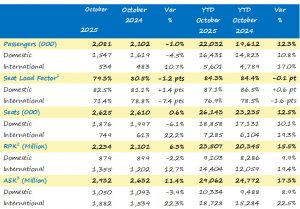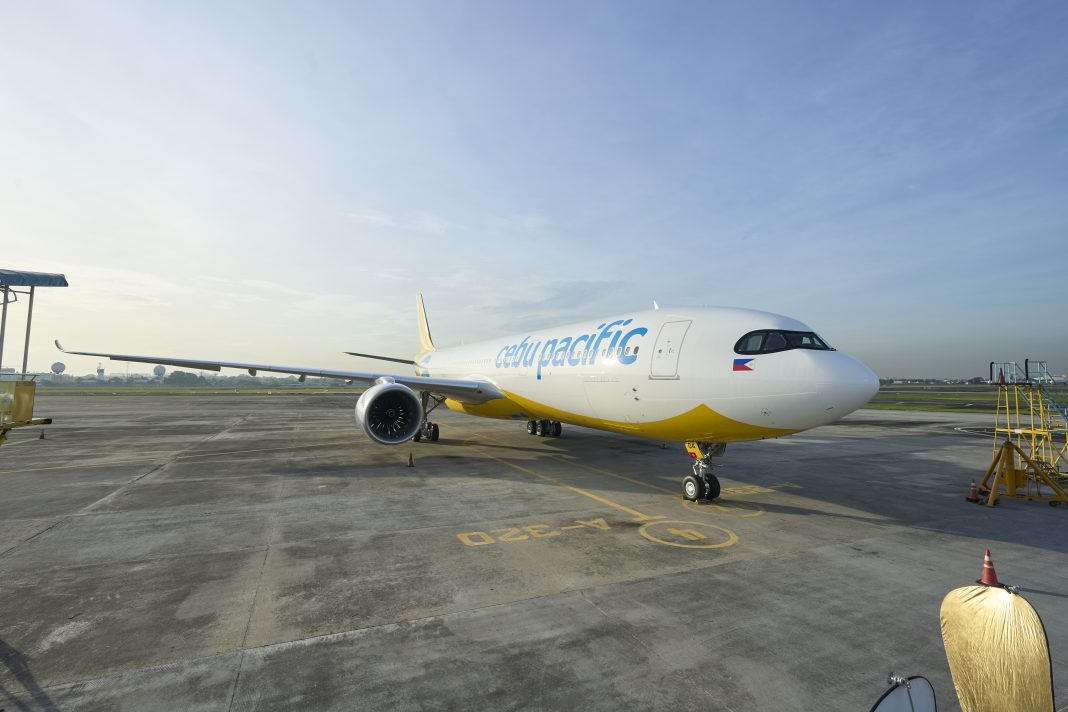Cebu Pacific (CEB) carried 2.1 million passengers in October 2025, a 1% decrease from the same month last year. Overall seat load factor (SLF) decreased to 79.3% from 80.5% last year while seat capacity rose by 0.6%.
Domestic passengers decreased by 4.5% year-on-year on 6.1% lower seats, resulting in a domestic SLF of 82.5%. International passenger traffic, meanwhile, grew 10.7% year-on-year, with seat capacity up 22.2%, bringing international SLF down by 7.4 percentage points to 71.4%.
For year-to-date 2025, CEB has flown over 22.0 million passengers, marking a 12.3% increase from 19.6 million in 2024. Domestic passengers grew 10.8% to 16.4 million, while international passengers grew 17.0% to 5.6 million. Overall SLF averaged 84.3% for the period, while overall capacity in seats was up by 12.5% to 26.1 million.
“October reflected our active capacity management, as we navigated ongoing supply chain challenges, particularly those related to Pratt & Whitney engines, as well as weather-related disruptions. Capacity growth was intentionally moderated to ensure operational resilience ahead of the peak travel season”, said Mark Cezar, Chief Financial Officer of Cebu Pacific. “November is seeing similar headwinds and moderation but we will be returning to double-digit capacity growth in December and January.”

1 Seat Load Factor: Passengers divided by number of seats available and expressed as a percentage.
2 Revenue Passenger Kilometers (RPK): Number of passengers carried multiplied by number of kilometers flown.
3 Available Seat Kilometers (ASK): Number of seats available multiplied by number of kilometers flown.




